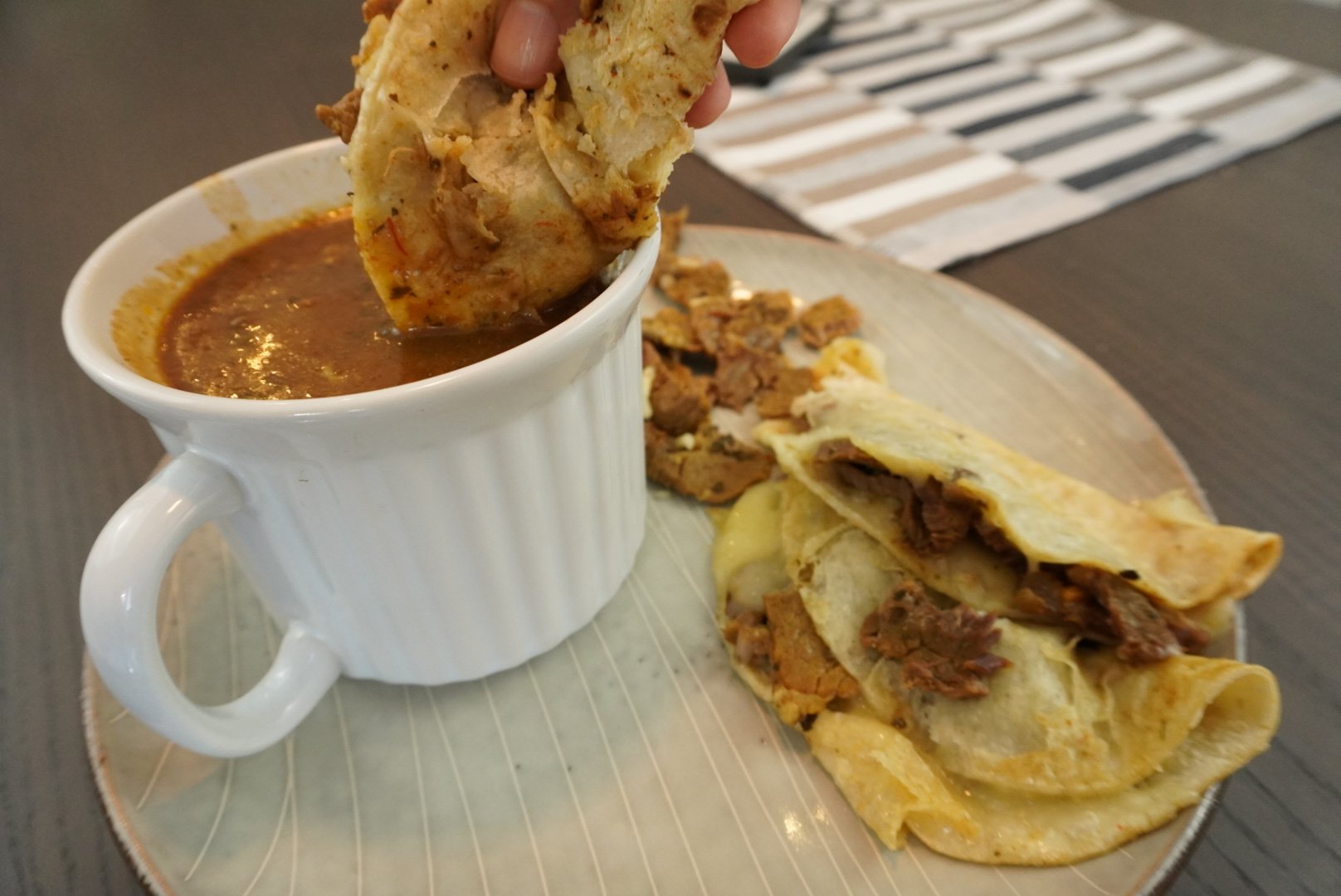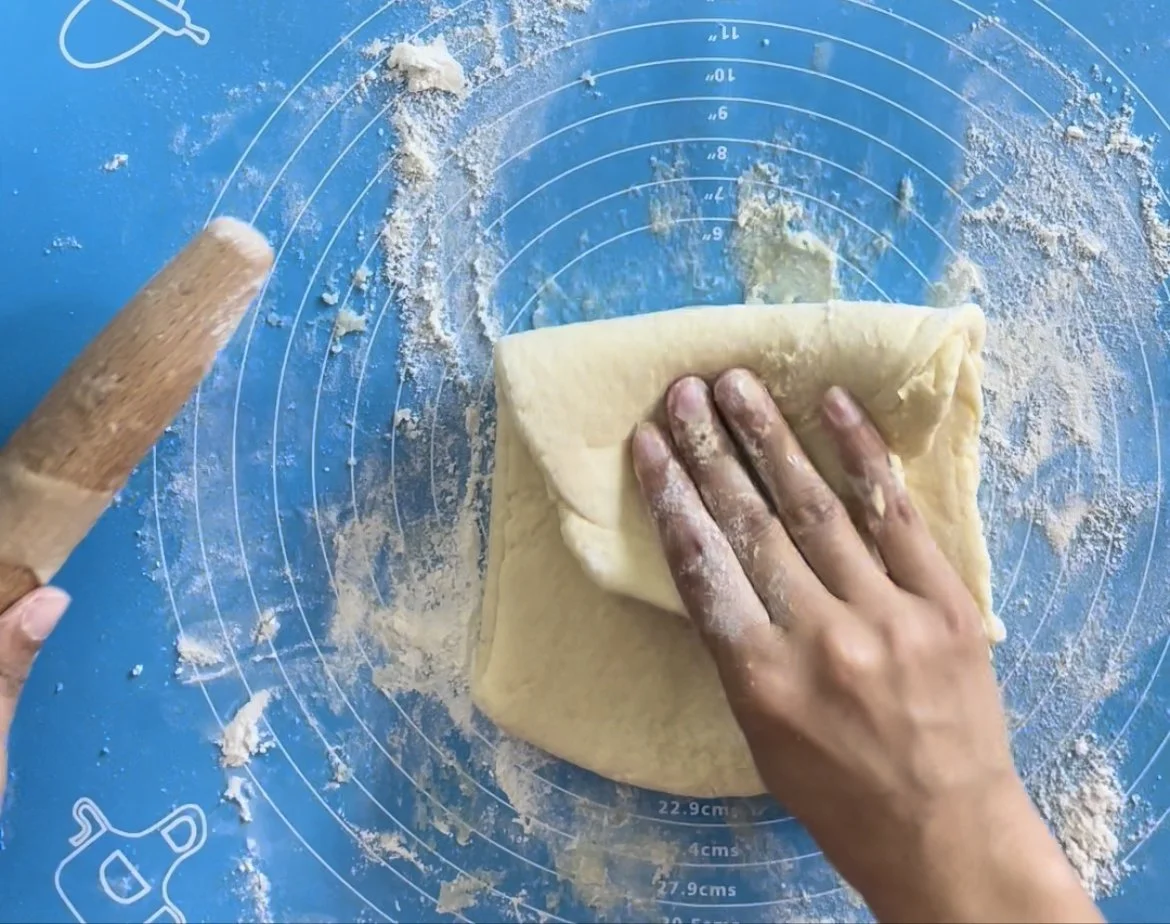This Food in History #7 Yule Log
Hello and welcome to another episode of This Food in History! Today we are looking at a seasonal dish; bûche de Noël also known as a Yule Log and sometimes Swiss Roll Cake.
While the cake itself appears in the 19th Century it hails from a much older tradition!
Vikings and the Nordic people celebrated Yule which had celebrations that likely lasted from the Winter Solstice until modern January 12th. The festivities included feasting, drinking, songs, games, and sacrifices to gods and spirits. They had a Yule tree that was decorated with small statues of gods, clothes, and food. They also had wreaths that were to be set on fire and tossed down a hill to wish for the return of the sun. There was a Yule Goat as well that symbolized the goats that pulled Thor through the skies in his chariot making the sound of thunder. Viking men would sing door to door in goatskin and get rewards such as food and drink for it. And lastly they also had an Old Man Winter thought to be Odin Allfather. A member would dress up and be invited into house holds for feasts.
Yule Logs are burned on solstice. They must be gotten free of a money exchange, either from your own trees or sharing with a neighbor or friend. They are cut and brought into the house and entered into the hearth. Runes are cut into the logs to wish for protection from the gods. It is to be burned. Wood had to make good sparks: the higher the sparks were, the better the upcoming year will be.
The type of tree used has different messages for desires for the new year. The log must burn all night, and the remainder will be saved all year under the bed to protect the house. It is used to start the fire on the next log. It was considered important that the re-lighting process was carried out by someone with clean hands.
Yule logs had to be large enough to burn throughout the longest, coldest night of the year, with some unburned wood left over. The remainder of the log would be lit next year, as a symbol of continuity.
Some 17th century French families believed that a piece of leftover log could, “if kept under the bed, protect the house for a whole year from fire and thunder.” This suggested the pagan belief of being spared Thor’s lightning bolts.
Viking invasions spread the tradition across Europe, and the celebration became entwined with Northern European winter solstice rites, especially those of the Celts, who believed that burning a massive log vanquished the winter darkness. Pagan beliefs of Yule are the 12 day celebration of Light, renewal and the returning of the Sun. You reflect on the past, and look forward to the future. Candles, bonfires, lighting of the tree and more are all part of this celebration of light and the sun. Ancient Romans also celebrated a version of Solstice that lasted for one week called Saturnalia which had feasting and gift giving to celebrate the god Saturn, the god of agricultural bounty.
You might recognize many of these items as the things traditionally used during Christmas. This is the origins of many christmas traditions. Christianity started to stamp out pagan beliefs and we are taught the traditions were kept to help convert people to Christianity. This was considered a compromise by missionaries where they used parallel’s in their beliefs to try and how how both religions were similar to bring people to their side. The successful transition involved changing the birth of Jesus to December as well as Norwegian king Haakon the Good being raised Christian in England and using his power to force conversion by moving the Yule celebrations to Christmas day and forcing citizens to celebrate either holiday.
So let’s return to the one tradition I wanted to focus on, the yule log.
In Provence (in France), it is traditional that the whole family helps to cut the log down and that a little bit is burnt each night. If any of the log is left after Twelfth Night, it is kept safe in the house until the next Christmas to protect against lightning! In some parts of The Netherlands, this was also done, but the log had to be stored under a bed! In some eastern European countries, the log was cut down on Christmas Eve morning and lit that evening.
In Cornwall (in the UK), the log is called 'The Mock'. The log is dried out and then the bark is taken off it before it comes into the house to be burnt. Also in the UK, barrel makers (or Coopers as barrel makers were traditionally called) gave their customers old logs that they could not use for making barrels for Yule logs. (My surname is Cooper, but I don't make barrels! My Great Grandfather did own a walking stick factory though!)
The custom of the Yule Log spread all over Europe and different kinds of wood are used in different countries. In England, Oak is traditional; in Scotland, it is Birch; while in France, it's Cherry. Also, in France, the log is sprinkled with wine, before it is burnt, so that it smells nice when it is lit.
In Devon and Somerset in the UK, some people have a very large bunch of Ash twigs instead of the log. This comes from a local legend that Joseph, Mary and Jesus were very cold when the shepherds found them on Christmas Night. So the shepherds got some bunches of twigs to burn to keep them warm.
In some parts of Ireland, people have a large candle instead of a log and this is only lit on New Year's Eve and Twelfth Night.
Potassium Nitrate = Violet
Barium Nitrate = Apple Green
Borax = Vivid Green
Copper Sulphate = Blue
Table Salt = Bright Yellow
So then how did we get from all of that to the sweet treat many eat during the winter months?
Best I can tell from what I’ve read…it’s actually simple. People started settling in bigger and bigger towns, cities and more and so getting a tree and burning it in the house became much harder to accomplish and burdensome. The practice needed to evolve and change with society. Eventually, in France a new way to celebrate was born.
The first known Yule log cake recipe was published in 1895 by French pastry chef Pierre Lacan in Le Mémorial Historique et Géographique de la Pâtisserie.
Plenty of potential inventors.
The Parisian pastry chef Antoine Charadot from rue de Buci in Paris. In 1879 he created a rolled sponge cake filled with buttercream. What is sure is that he invented buttercream.
A pastry apprentice working at Paris city hall in 1834.
Another pastry chef from Lyon in the 1860s.
Or the personal pastry chef of Prince Charles III of Monaco, Pierre Lacam. He was a famous pastry chef of the “Belle Epoque”, in 1898 / 1899. In his book “Mémorial historique et géographique de la pâtisserie” published in 1863 he writes about yule log but as he shares recipes from others and he spent only two years working for the Prince of Monaco, we cannot be sure yule log was his creation.
There is a recipe for a pastry log coated with ganache and decorated with pink flowers and green leaves in the recipe book of 1903 by a chocolatier-confectioner from Voiron in Isère (French Alps), Félix Bonnat.
Poitou-Charentes region had a traditional “Christmas roll cake” in the 19th century.
The cake is a sponge cake that takes a patient hand to complete. It needs rolled to cool and unrolled,and rerolled again after filling to create the characteristic spiral on the inside. Doing this too fast, or at the wrong time can crack and break the cake.
The outer icing is needed to hold its shape so you can texture it to resemble the bark. Other decorations are used on top such as meringue mushrooms and holly sprigs, cherries and more to make this look like it was lifted from the forest floor as so many years ago. These cakes are a visual treat that ties us to years and years of history.
The rest is quite literally just the normal spread of pastry items as people and news travel throughout the world. You can find traditions of yule log cakes in households across many of the same nations as the original Yule and Solstice celebrations and more in this modern day. Some families enjoy the cake and many videos that show broadcasts of burning logs they can tune in and display while enjoying their holiday.
Thank you for watching, I’m Soph and this was Uncultured Palate’s This Food in History.
Cites:
https://www.myparisiankitchen.com/en/origin-and-tradition-of-yule-log-cake/
https://downtonabbeycooks.com/fun-food-history-of-the-yule-log/
https://goodfoodireland.ie/blog/a-little-history-of-the-yule-log/
https://bavipower.com/blogs/bavipower-viking-blog/viking-yule-viking-christmas
https://seawitchbotanicals.com/blogs/swb/celebrating-yule-the-chill-version-of-christmas




